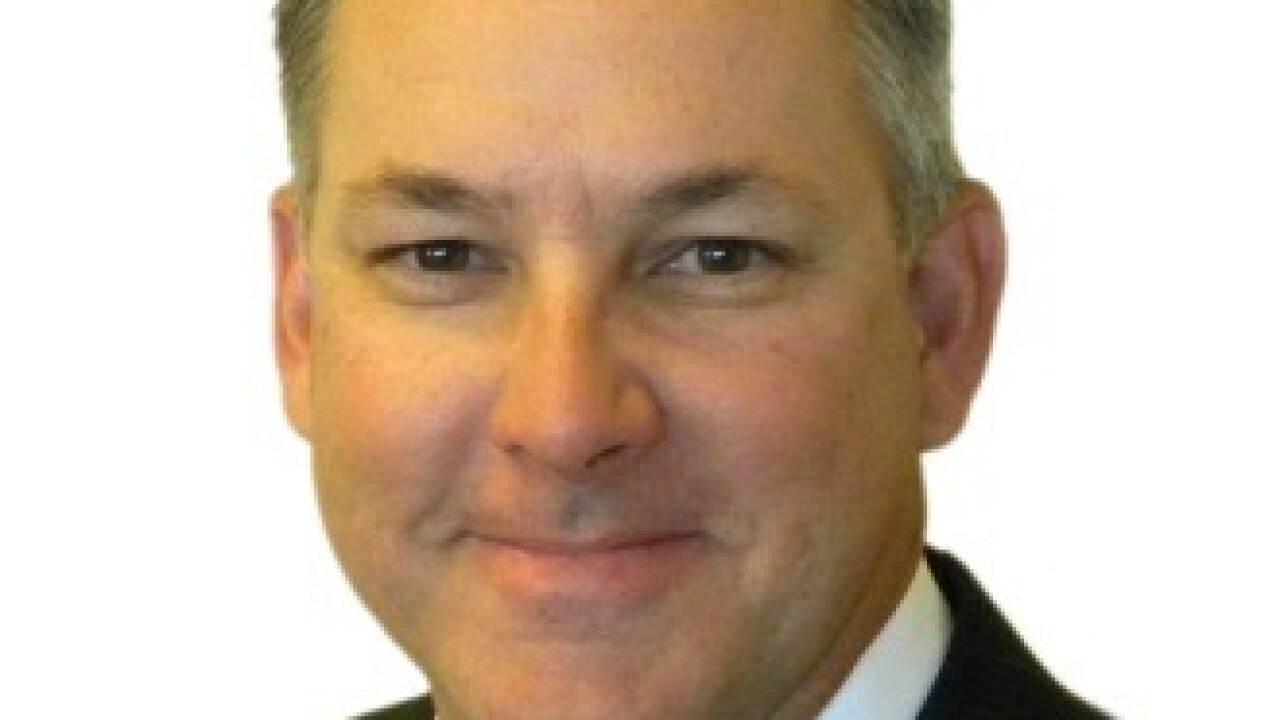Should market conditions go south on highly leveraged companies in 2018, Oaktree Capital says it is ready to pounce.
In an earnings call with analysts on Tuesday, executives with the Los Angeles-based asset management firm and distressed-debt specialist said the firm is closely measuring the impact that interest rate hikes or the recent federal tax reform legislation might have on stressed firms loaded with junk-rated debt.
It would be a welcome development for Oaktree, which is sitting billions in dormant capital set aside to buy stressed junk-rated debt or commercial real estate on the cheap - and/or increase direct-lending for turnaround or restructuring plans from spec-grade corporate borrowers.
“If events of the coming year, like an increase in the after-tax cost of debt for highly leveraged entities, produces more stress and more defaults, that would be a big plus for us,” Oaktree co-chairman and co-founder Howard Marks said during the question-and-answer session with equity analysts for the publicly traded firm (NYSE:OAK).

Marks remarks came amid discussion of Oaktree’s fourth-quarter and full-year 2017 results. Oaktree, which has $100.2 billion of assets under management, reported lower fourth-quarter net income of $13.4 million, compared to $59.3 million a year ago, mainly impacted by a one-time $33.2 million adjustment for the remeasurement of deferred taxes following the passage of 2018 federal tax reform.
The earnings were also impacted by charges in closing the acquisition of the business development corporation (BDC) assets from Fifth Street that closed in October, expanding Oaktree into the BDC realm for more middle-market direct lending opportunities. In its third quarter earnings report, the company revealed it would
For the year, GAAP net income was $194.7 million, down from $264.7 million in 2016.
On the distressed debt ledger alone, Oaktree earned $11.7 million in net income impacted by the BDC closing expenses and tax charges, compared to $23.1 million in the same period in 2016. For the full year, however, Oaktree edged out its 2016 performance with $58.6 million in distressed debt earnings vs. $57.6 million last year.
More than $8.8 billion in uncommitted capital is stowed away in Oaktree Opportunities Fund xB (which also sat dormant in 2016), according to a recent company investor presentation. That is part of $20.5 billion in “dry powder” the distressed debt and turnaround investment strategist said in its earning report it has built up and kept on the sidelines from a frenzied 2017 high-yield/senior loan market in which investors clamoring for yield drove down returns and spreads.
(From the issuer side of the table, Oaktree issued a single collateralized loan obligation portfolio last year with its Oaktree EIF III Series 2 transaction in September.)
The patience could pay off if markets cool off due to higher interest rates (which are expected), or how junk-debt borrowers respond to suddenly higher tax costs due to their loss of after-tax, full-interest deductibility from new and existing debt obligations.
Despite the lower earnings, chief executive officer Jay Wintrob said it was “another strong year” for the company, as it announced a 76-cent quarterly distribution for shareholders (its highest since 2013) and expanded its global investments in emerging markets, Europe and Asia.
Oaktree kept funds on the sideline, that if a “substantial malaise or correction” develops in market conditions, aggressive positions might have resulted in “bigger” losses because of the underwhelming returns available in many asset classes, Wintrob said.
That is what has kept the firm’s Opportunities Fund XB (“Opps 10B”) on the “shelf” for most of the past year, said Marks, a 40-year-year veteran in distressed debt, bonds and convertible securities with Oaktree, the TCW Group and Citigroup.
But 2018 might present opportunities if speculative-grade company defaults rise, or if many have trouble raising debt in the marketplace amid rising interest rates. Oaktree’s opportunities could come in the form of buying distressed debt or direct-lending, both of which could feed the company’s pipeline of planned collateralized loan obligation activity under its own managed unit or that of partner firm Doubleline Capital, a CLO manager with whom Oaktree has a 20% investment.
“We’re not in straight fixed income, where the value of an asset is purely a function of future interest rates,” Marks said. “We’re not concerned for our returns [over] higher interest rates.





